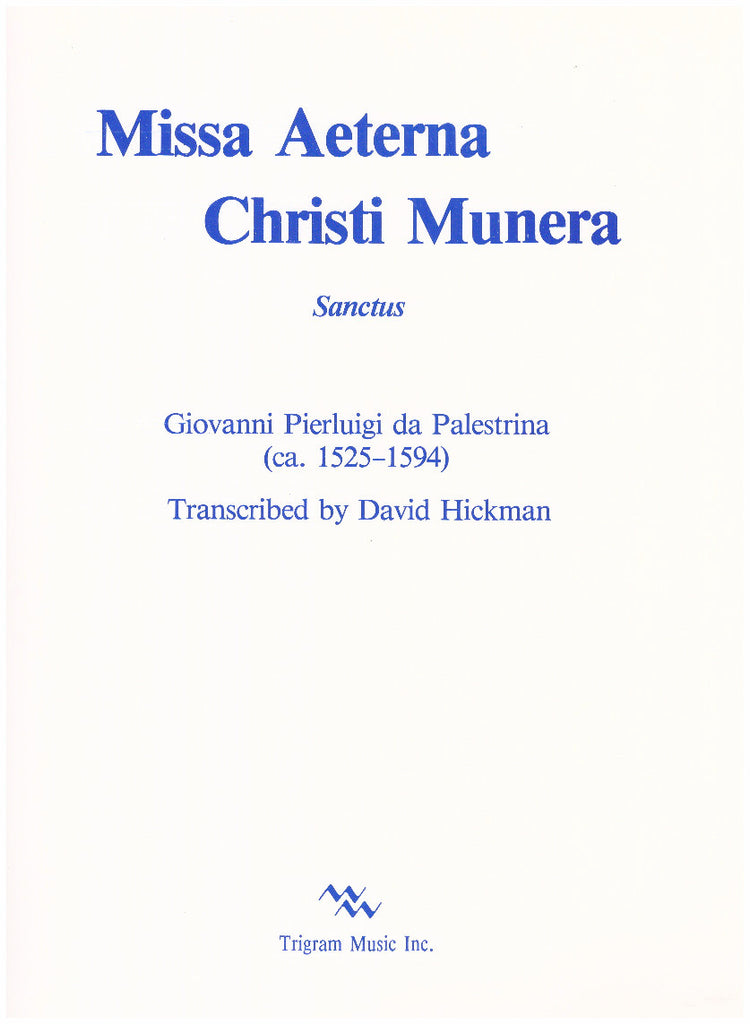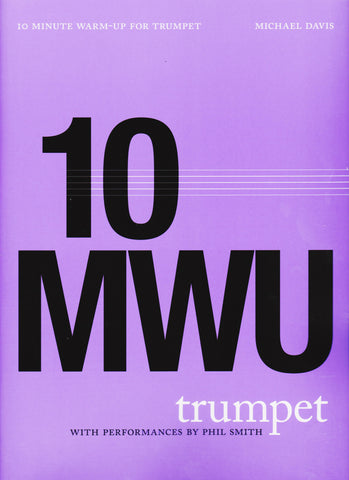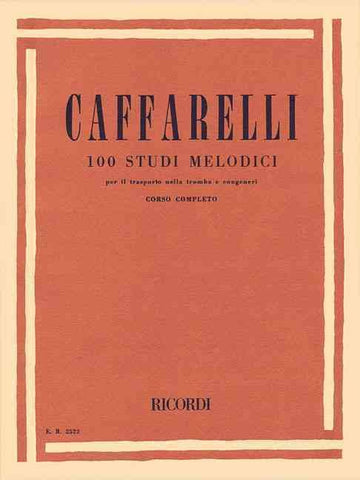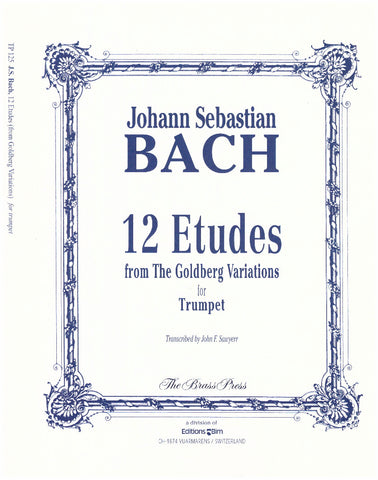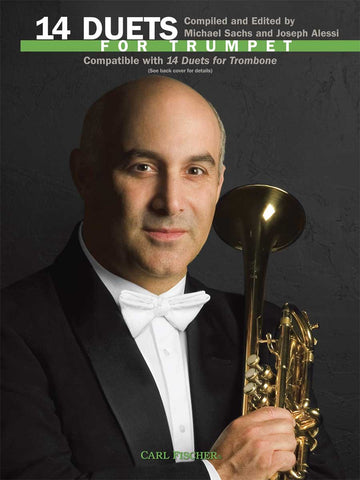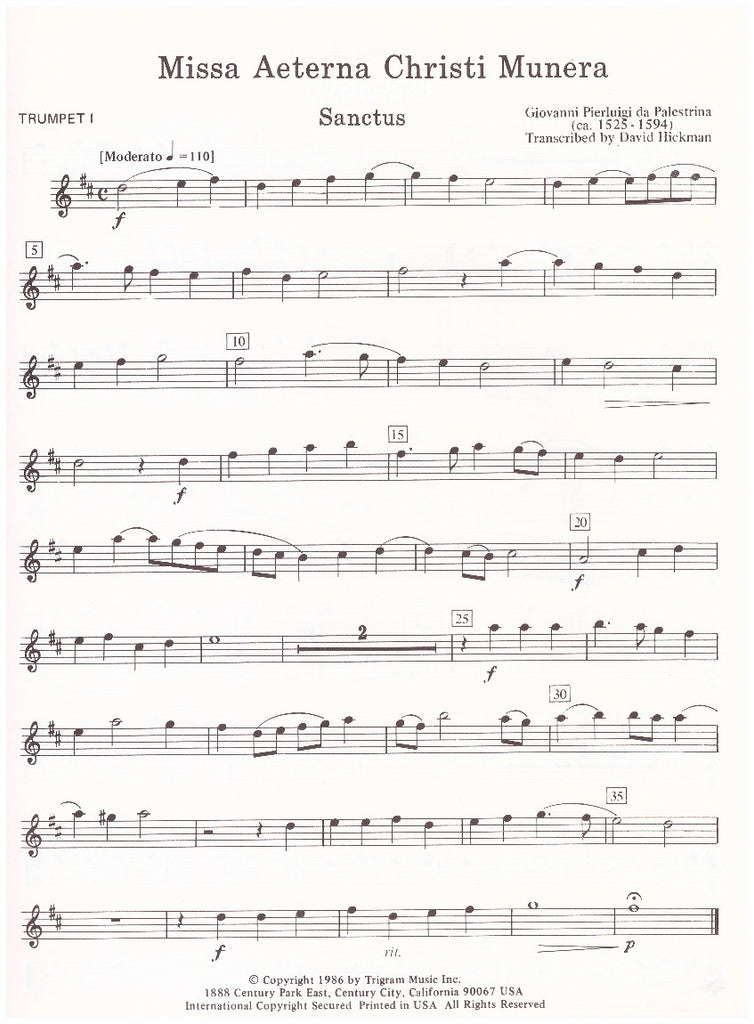Missa Aeterna Christi Munera, Sanctus, for 4 Trumpets by G.P. da Palestrina, transcribed by David Hickman, pub. Trigram
$15.95
Item Details
Music by Giovanni Pierluigi da Palestrina (ca. 1525-1594), transcribed by David Hickman.
Includes the Sanctus, Benedictus and Agnus Dei I.
"Aeterna Christi munera is of the "paraphrase" type, meaning that a short phrase of plainsong (such as a hymn or an antiphon from the Catholic liturgy) provides the melodic basis on which the work is constructed. Motifs) are extracted from this melody and used as points of imitation throughout the mass. Moreover, the structure of the hymn verse (ABCA) is reflected in the structure of individual mass movements as well.
The shorter movements (Kyrie, Sanctus, Benedictus, Agnus Dei) use imitation, where a melodic fragment is repeated by all the voices in succession, to develop the motifs borrowed from the paraphrased hymn-tune into a complex, florid counterpoint. A simpler homophonic texture prevails in the longer movements (Gloria, Credo), as was typical of Palestrina's late works.
Palestrina also distances himself from his Franco-Flemish predecessors by his suave, flowing melodies, which contrast sharply with the more angular melodic contours favored by earlier composers. As well, the mass shows unending melodic inventiveness: themes are transformed and renewed from one movement to the next, providing the work with a sense of unity imbued with freshness. Palestrina makes good use of the sense of architectural balance acquired from the earlier composer Josquin, using repetition and reprise to structure the movements, for example, structuring the tripartite Kyrie with cadences in F, C, and F again.
The mass contains a few examples of the technique of word-painting. Particularly striking are his use of the low register to represent death at the words "Crucifixus" and "vivos et mortuos," while a dance-like triple rhythm animates the "Et spiritum"; more subtly, Palestrina expands the second motif of the hymn-tune into a very expressive melody which recurs with every allusion to the Saviour."
-- Natalie Boisvert (AllMusic)

